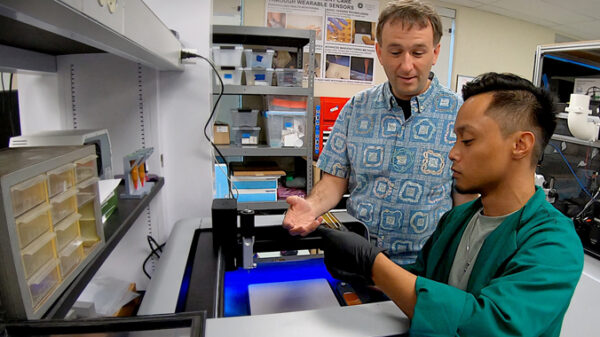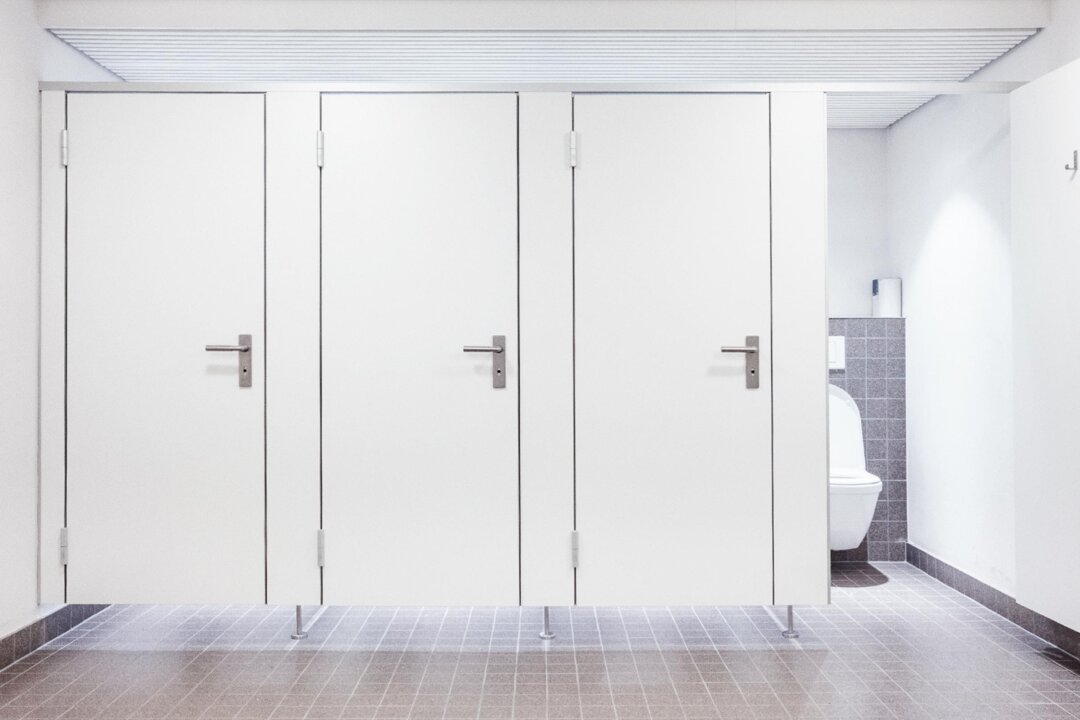Concerns about germs lurking on public toilet seats have long fueled anxiety among restroom users. However, recent insights from dermatologists and microbiologists challenge these beliefs, asserting that while restrooms can host pathogens, toilet seats are rarely the primary source of health risks.
Dr. Chen Wei-di, a dermatologist based in Taiwan and a member of the American Academy of Dermatology, explained to The Epoch Times that although bacteria can be found on toilet seats, most strains are harmless to humans. “They only cause disease under certain conditions,” Dr. Chen noted. This perspective is supported by other health experts, who emphasize that the most significant threats in public restrooms often come from surfaces and airborne particles rather than from simply sitting on a toilet seat.
Understanding Bathroom Pathogens
The potential presence of various pathogens in bathrooms warrants attention. While the risk of transmission from toilet seats is minimal, certain microorganisms can survive in these environments under specific conditions.
Dr. Huang Huilun, an attending physician at Ton-Yen General Hospital, highlighted that some parasites, such as pubic lice and scabies, as well as molds like tinea cruris and tinea corporis, can theoretically persist on toilet seats. This means they could be transmitted to the next user, although such occurrences are rare.
A study published in 2024 in Scientific Reports revealed that the pathogen Clostridium difficile can spread through the air after flushing a toilet. This bacterium is known to cause inflammation of the colon, which raises concerns about bathroom hygiene.
Moreover, gastrointestinal viruses, particularly norovirus, tend to cling to commonly touched surfaces such as flush handles, door knobs, and faucets. Dr. Chen emphasizes that these viruses can enter the body through contaminated hands, presenting a far greater risk than toilet seats.
Common Bacterial Risks
Human waste can introduce harmful bacteria into the bathroom environment, including E. coli and Salmonella. When a toilet is flushed, microscopic droplets can aerosolize these pathogens, allowing them to circulate in the air. Both bacteria can result in gastrointestinal illnesses, predominantly leading to symptoms such as diarrhea.
Despite widespread fears, the notion that toilet seats can transmit sexually transmitted diseases (STDs) remains unfounded. Experts clarify that this concern is largely exaggerated, as the transmission of STDs typically requires direct contact rather than contact with toilet surfaces.
In conclusion, while public restrooms do present cleanliness challenges, the risks associated with toilet seats are considerably lower than many believe. Understanding the actual sources of pathogens in these environments can help alleviate fears and promote healthier practices in restroom hygiene.






































































